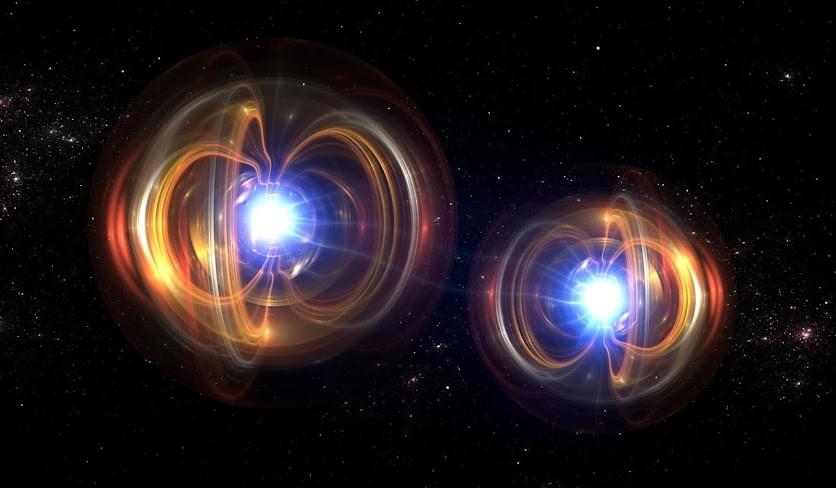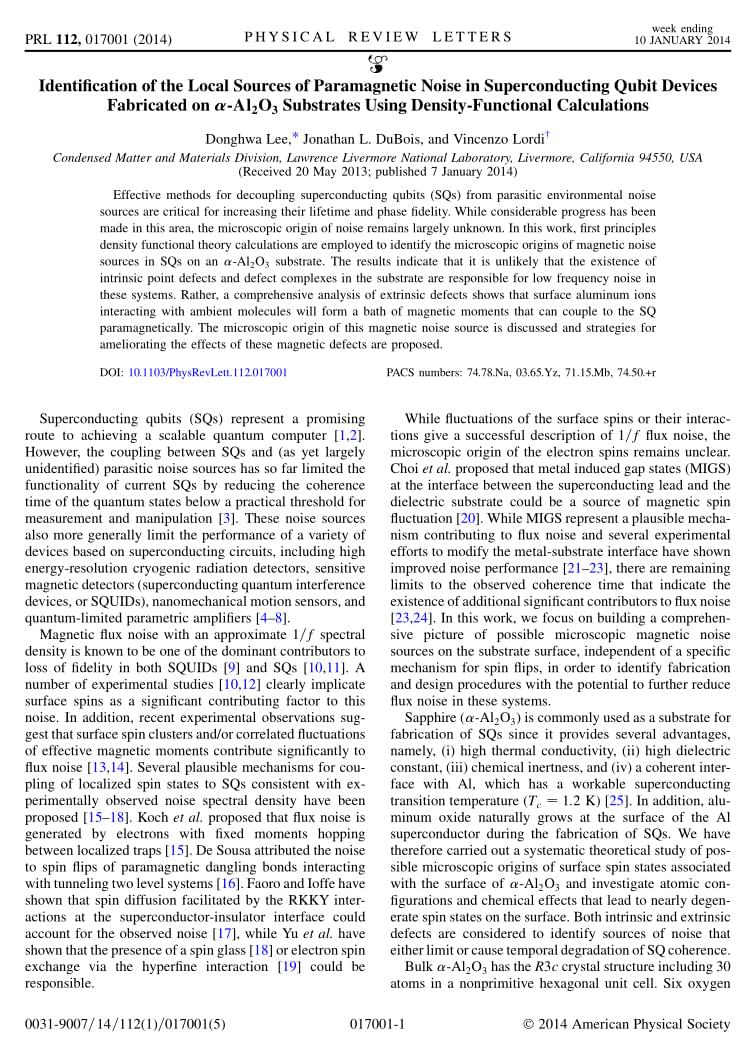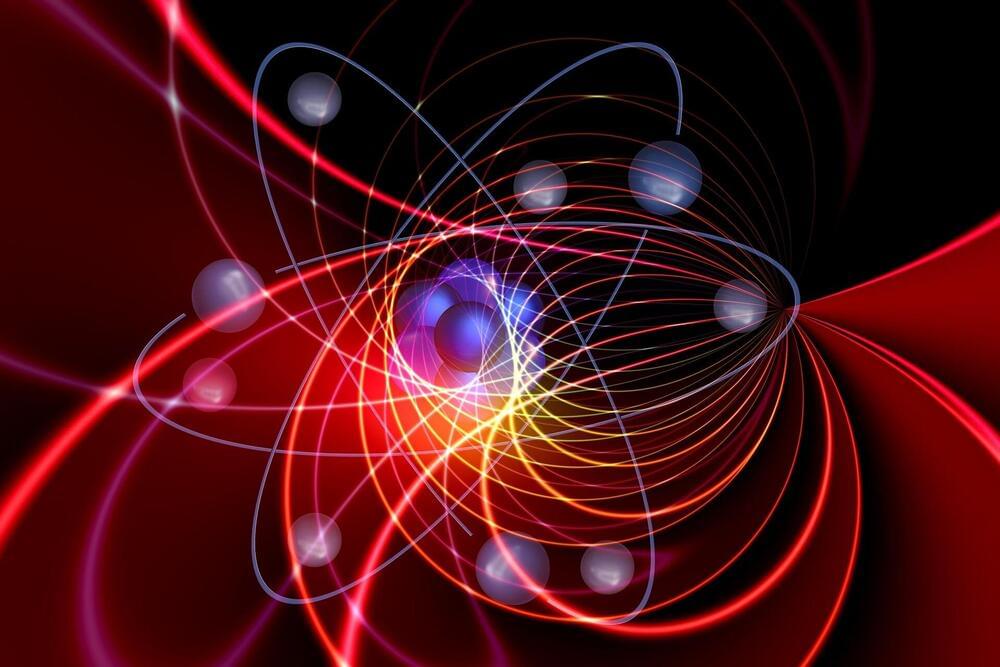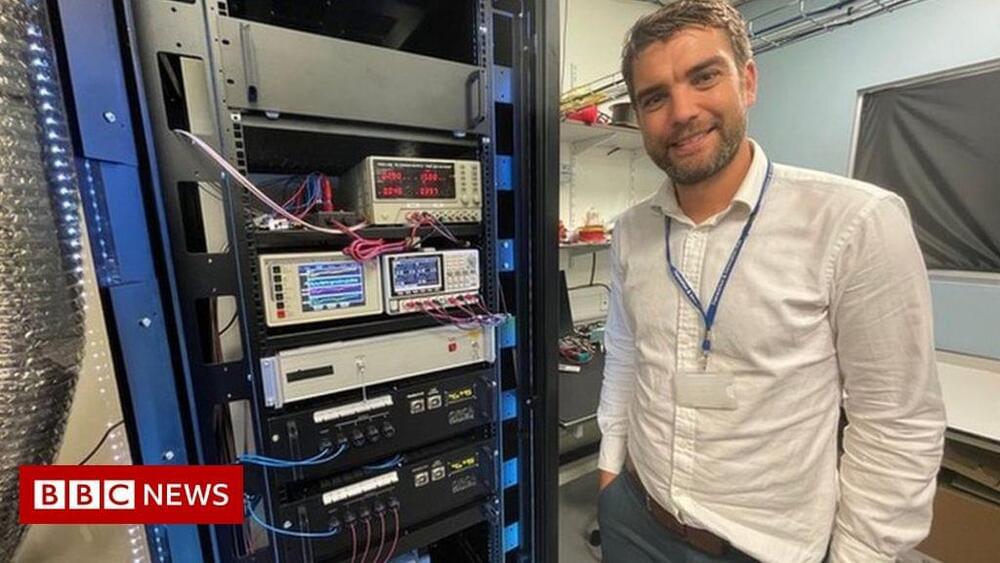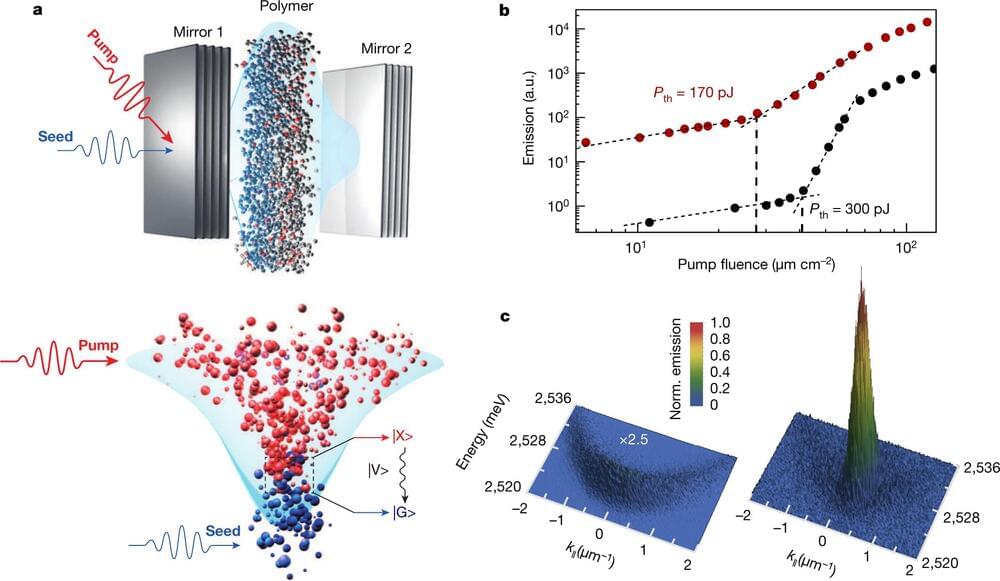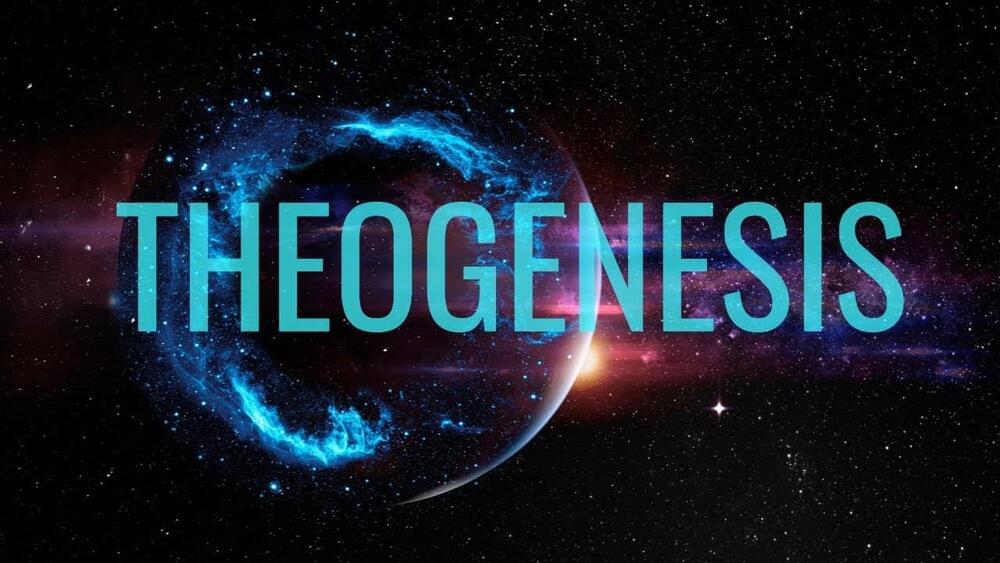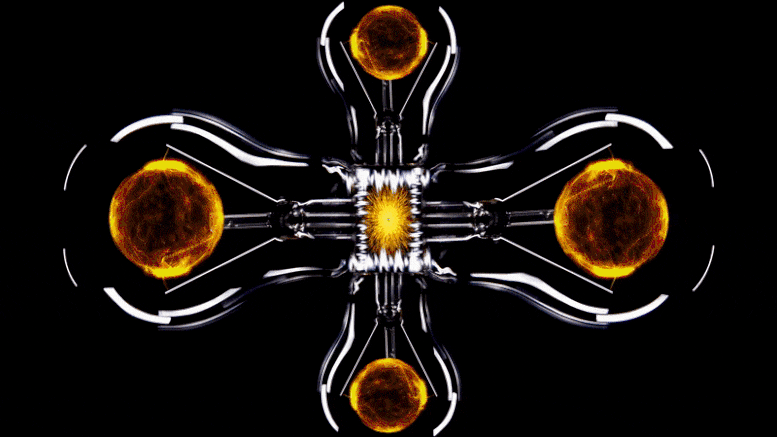
In a new study from Skoltech and the University of Kentucky, researchers found a new connection between quantum information and quantum field theory. This work attests to the growing role of quantum information theory across various areas of physics. The paper was published in the journal Physical Review Letters.
Quantum information plays an increasingly important role as an organizing principle connecting various branches of physics. In particular, the theory of quantum error correction, which describes how to protect and recover information in quantum computers and other complex interacting systems, has become one of the building blocks of the modern understanding of quantum gravity.
“Normally, information stored in physical systems is localized. Say, a computer file occupies a particular small area of the hard drive. By “error” we mean any unforeseen or undesired interaction which scrambles information over an extended area. In our example, pieces of the computer file would be scattered over different areas of the hard drive. Error correcting codes are mathematical protocols that allow collecting these pieces together to recover the original information. They are in heavy use in data storage and communication systems. Quantum error correcting codes play a similar role in cases when the quantum nature of the physical system is important,” Anatoly Dymarsky, Associate Professor at the Skoltech Center for Energy Science and Technology (CEST), explains.
